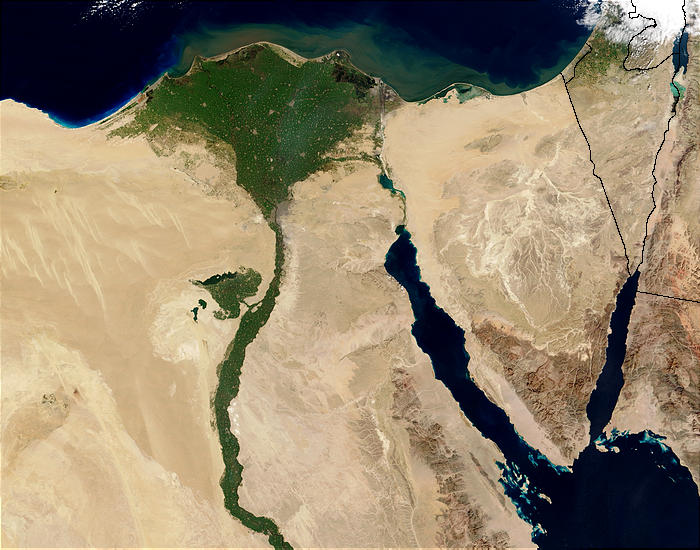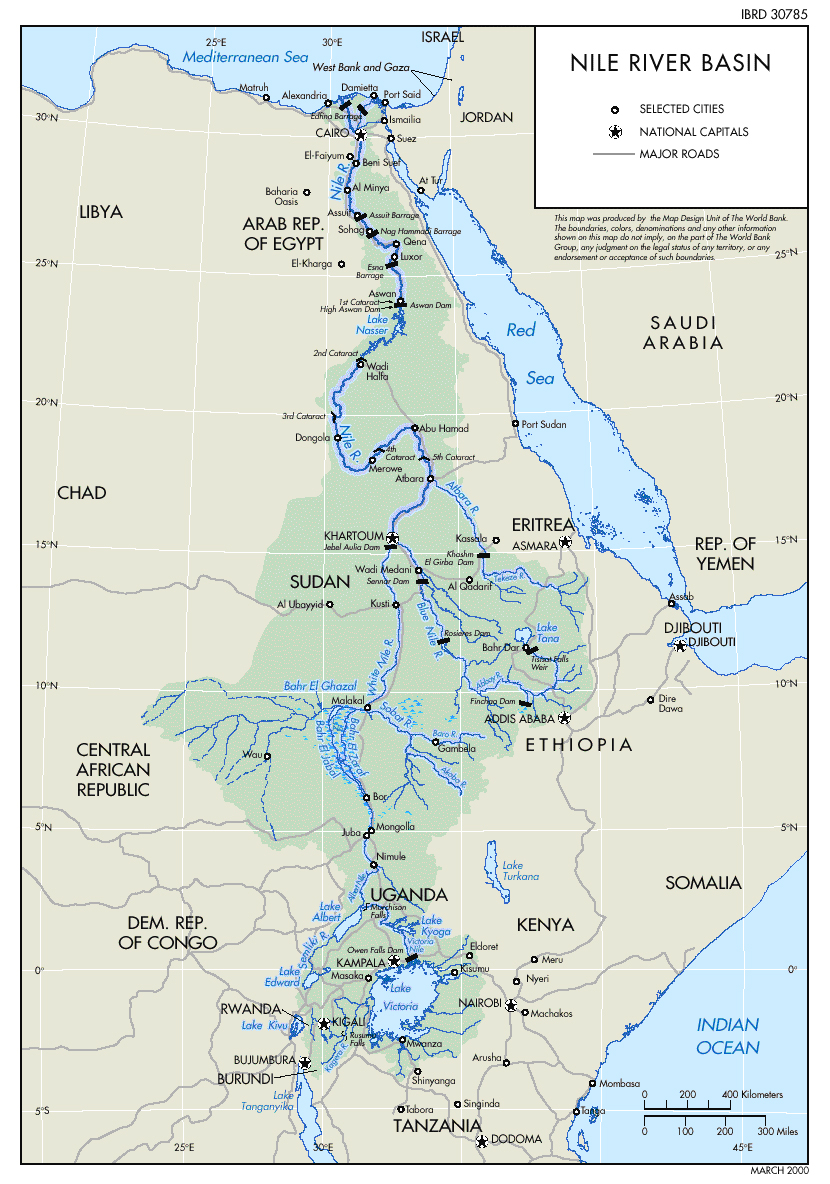December 6, 2013 – Scientists who look at rivers and watersheds and model changes to them from climate change predict that Africa will be the continent most affected by a warming planet. Why is that?
- Today Africa is 66% arid. Two of the largest deserts on Earth can be found here.
- 30% of the people of Africa, that’s almost 500 million, live in areas defined as arid.
- Desertification, a process of land degradation that is impacting desert fringe areas is leading to extensive soil erosion, increasing water scarcity, a loss of vegetation cover, biodiversity and agricultural production, and most of it is caused by human activity.
- On the other hand droughts are not human induced but a symptom of changing weather patterns which are happening all across Africa. Some scientists argue that human activity such as overgrazing, poor agricultural practices and deforestation contribute to changing weather by altering the heat balance over land. In any case Africa’s weather and climate is changing.
- Land use in Africa has altered as well as the continent’s human population explodes. This has led to an explosion in land being put to agricultural use including herding. For example, between 1950 and 2006, the livestock population of Nigeria grew from 6 million to 66 million. Think about the impact that has on grasslands. In Nigeria alone overgrazing has dessicated more than 351,000 hectares (867,000 acres) in those 56 years, turning it into desert. The country today loses more than 3,500 square kilometers (1,355 square miles) to desert every year.
- The growing population has also led to growing energy demands. And with no infrastructure for delivering energy in the way it is done in Developed countries, Africa has turned to wood as a primary energy source with more than 15 million hectares (37 million acres) of tropical forest being cut in sub-Saharan Africa each year for fuel for heating and cooking.
Yet Africa has some of the world’s great rivers from the Nile in the Northeast to the Congo and Zambezi in central Africa, and the Niger on the Guinea Coast and Limpopo in the southeast, Africa is crisscrossed by these mighty streams. And Africa features the second largest number of large lakes with its own equivalent to the North American Great Lakes to be found in the highlands of East Africa.
But what will climate change do to these rivers? How will Africans cope with a temperature rise of 2 Celsius (3.6 Fahrenheit) degrees over the next fifty years? Let’s take a look at some of Africa’s major rivers and describe what scientists think may happen.
Nile River – The Nile River is the world’s longest (6,850 kilometers or 4,150 miles) with tributaries rising from streams and lakes in Uganda, the Democratic Republic of the Congo, Ethiopia and Eritrea. The main branches are designated White and Blue with the more easterly Blue Nile contributing the greatest water volume through seasonal variations in precipitation. This variability has been a characteristic of the Nile since human civilizations first established themselves along its banks thousands of years ago.
The annual flooding of the Nile enriched the agricultural lands on both banks of the river turning a narrow strip of desert green. This annual cycle occasionally experienced interruptions caused by a drop off in seasonal precipitation. But today a human factor has entered the equation – the Aswan High Dam, a hydroelectric project built in the 1970s has interrupted the normal seasonal river flow. Today the lower Nile within Egypt no longer relies on annual floods to enrich croplands. Instead the country has had to turn to irrigation to make up for the lost annual cycle. The reduced water volume has also lead to increasingly saline soils particularly in the Nile Delta, a key agricultural production center of Egypt.
What is the fate of the Nile by 2100? Current climate models estimate a decrease in river volume by as much as 75% putting much of the agricultural production of the river valley under considerable stress. Today 160 million live along its banks and that population is expected to double by 2030. Changing precipitation, increasing evapo-transpiration from a warming atmosphere, and increasing energy demands among the ten countries that share the river may lead to confrontations similar to those I have written about for rivers like the Mekong in Southeast Asia.
In Part 2 we will continue looking at Africa’s rivers including the Congo, Zambezi, Niger, Volta, Senegal, Limpopo, and Orange.
Related articles across the web













